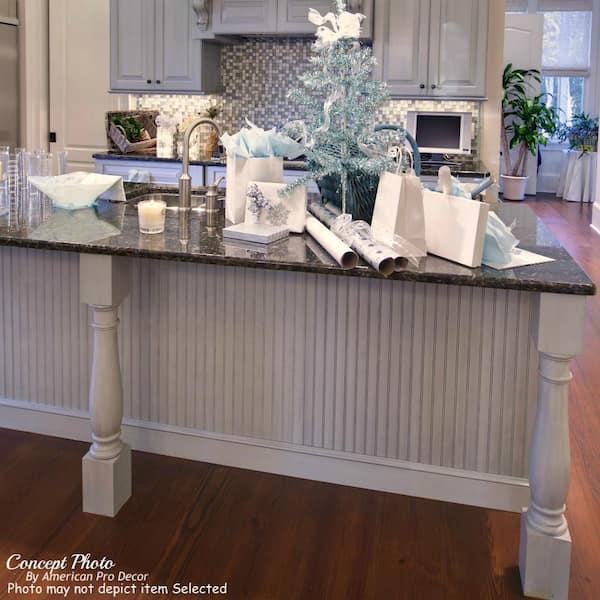Crucial Tips for Choosing the Perfect Table for Your Kitchen Area
Picking the best eating table for your kitchen area is even more than simply an issue of preference; it demands a complete understanding of your area and needs. The form of the table plays a crucial duty; while rectangular tables match larger locations, round ones foster affection, and extendable options use adaptability. The table should integrate with your cooking area's appearances and suit your family easily.
Step Your Space
Selecting the suitable eating table begins with a meticulous analysis of your readily available space. This fundamental action makes sure that the table not just fits conveniently within the space yet additionally matches the total format and performance of your eating location.
It is essential to leave sufficient area for chairs to be pulled out and for individuals to move around the table without obstruction. A basic regulation of thumb is to enable at the very least 36 inches of clearance from the edge of the table to the local wall or piece of furniture.
In addition, consider the variety of people you commonly captivate and whether you require additional room for guests. Selecting an extendable table can offer adaptability, allowing you to suit varying varieties of restaurants. By precisely gauging your area, you lay the foundation for selecting an eating table that boosts both the appearances and functionality of your eating location.
Choose the Right Forming

On the other hand, round tables are outstanding for smaller sized cooking areas or intimate celebrations, as they promote conversation by permitting every person to encounter each various other. They likewise give a sense of comfort and can fit well in tighter areas as a result of their lack of sharp edges. Oval tables use the very best of both globes, incorporating the size of rectangle-shaped tables with the intimacy of round ones, making them versatile for various settings.
Square tables are one more choice, especially matched for square-shaped rooms. They develop a modern-day and balanced look, cultivating an equal dining experience for all seated. They may be much less useful for bigger gatherings unless they come with expansions. Eventually, the shape you choose must straighten with your room dimensions and lifestyle to make sure both kind and feature.
Material Factors To Consider
When choosing a dining table, product considerations are vital in establishing the table's longevity, upkeep requirements, and general visual. Timber is a classic option, using classic appeal and toughness. Woods like mahogany, walnut, and oak are particularly sturdy, though they can be pricey. kitchen island legs. Softwoods, such as yearn, are extra affordable but might be prone to damages and scrapes.
Glass-topped tables offer a contemporary, smooth appearance and can make an area appear bigger due to their transparency. They need frequent cleaning to protect against fingerprints and smudges. Additionally, toughened up glass is suggested for its additional strength and security.

Lastly, composite materials like MDF (Medium-Density Fiberboard) or plywood are budget-friendly options. These products can imitate the look of strong timber yet might not use the same long life. They are typically less complicated to tidy yet can be prone to water damage if not appropriately secured.
Ultimately, the choice of material must line up with your cooking area's style, your way of living needs, and your spending plan constraints. (kitchen island legs)
Seating Ability and Comfort
Just how do you establish the ideal seating capability and convenience for your eating table? For a household of four, a rectangular table of 48 inches long or a round table with a 48-inch size is generally enough.
The height of the table ought to ideally be around 30 inches, offering a balanced ergonomic position for he said seated diners. a knockout post Chairs must have a seat height of 18 to 20 inches to ensure a comfy eating posture.
Style and Visual Appeal
Choosing an eating table that suits your design and aesthetic appeal entails balancing personal taste with the existing decor of your dining space. The table is frequently the focal point of the cooking area, and its style must match the general style of the area. Whether your cooking area flaunts a modern, minimal look or a rustic, farmhouse beauty, the table you pick should balance with these elements to create a cohesive and inviting atmosphere.
Take into consideration materials meticulously; wood provides an ageless appeal and can vary from rich mahogany for a conventional aim to lighter oak for a contemporary feeling. Metal and glass tables, on the other hand, can present a sleek, industrial edge to your cooking area. Do not overlook the table's form-- rectangle-shaped tables are flexible and timeless, while round and oblong options can cultivate a much more intimate eating experience.
Furthermore, pay close focus to details and coatings. A troubled coating could add character and heat, whereas a shiny surface area can add to a tidy, contemporary visual. Ultimately, your dining table ought to not just in shape effortlessly right into your kitchen area's style however also mirror your personal design, raising the space both functionally and visually.
Verdict
In verdict, choosing the ideal i loved this dining table for a kitchen demands mindful assessment of area, shape, product, seating capacity, and visual consistency. Inevitably, an appropriate dining table promotes a welcoming atmosphere and suits the household easily, therefore improving the dining experience.

When picking a dining table, material factors to consider are extremely important in determining the table's resilience, upkeep needs, and total visual. For a family of four, a rectangular table of 48 inches long or a round table with a 48-inch size is usually enough.
Do not neglect the table's form-- rectangle-shaped tables are flexible and classic, while round and oval choices can promote a more intimate dining experience. kitchen island legs.